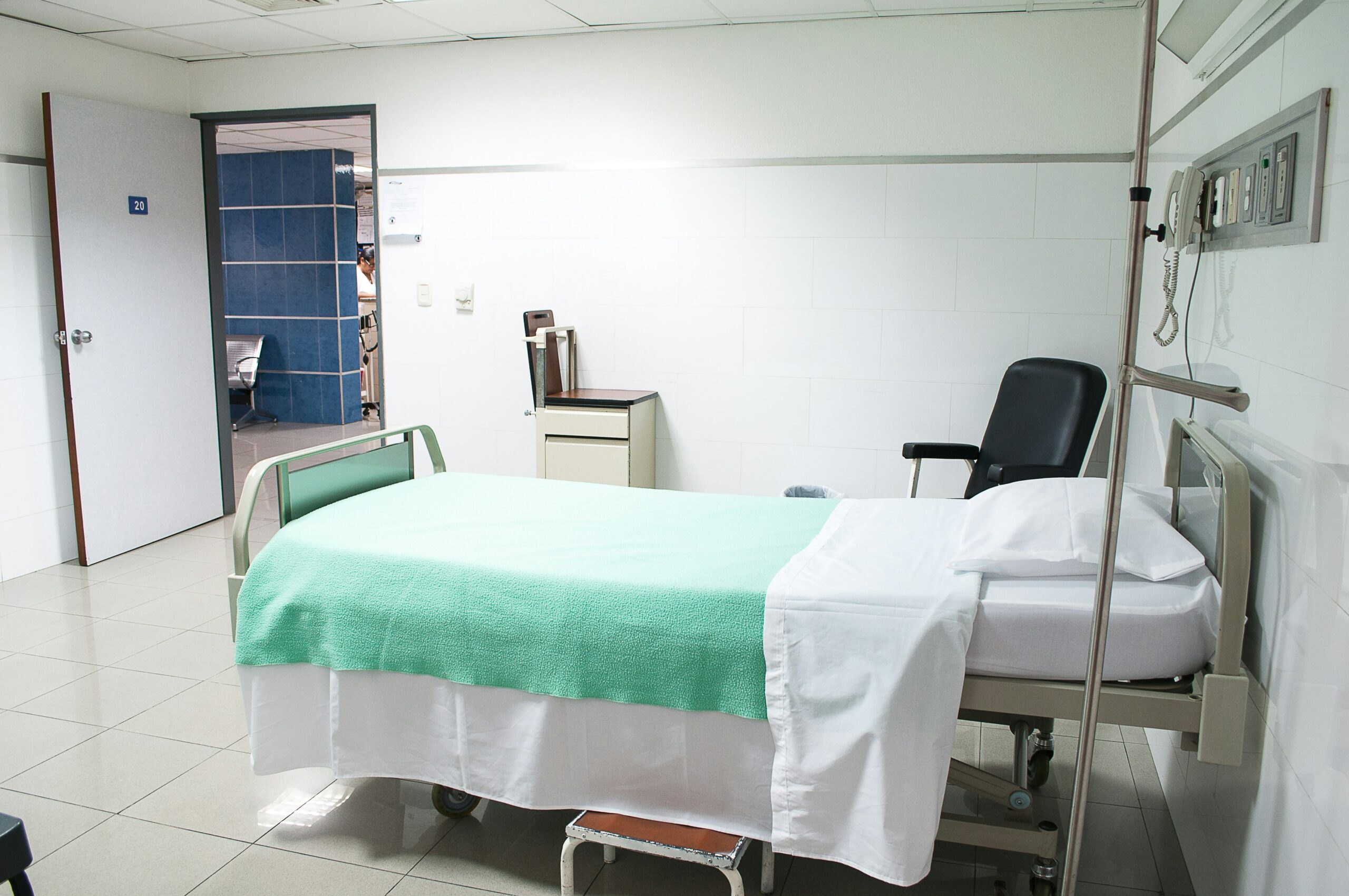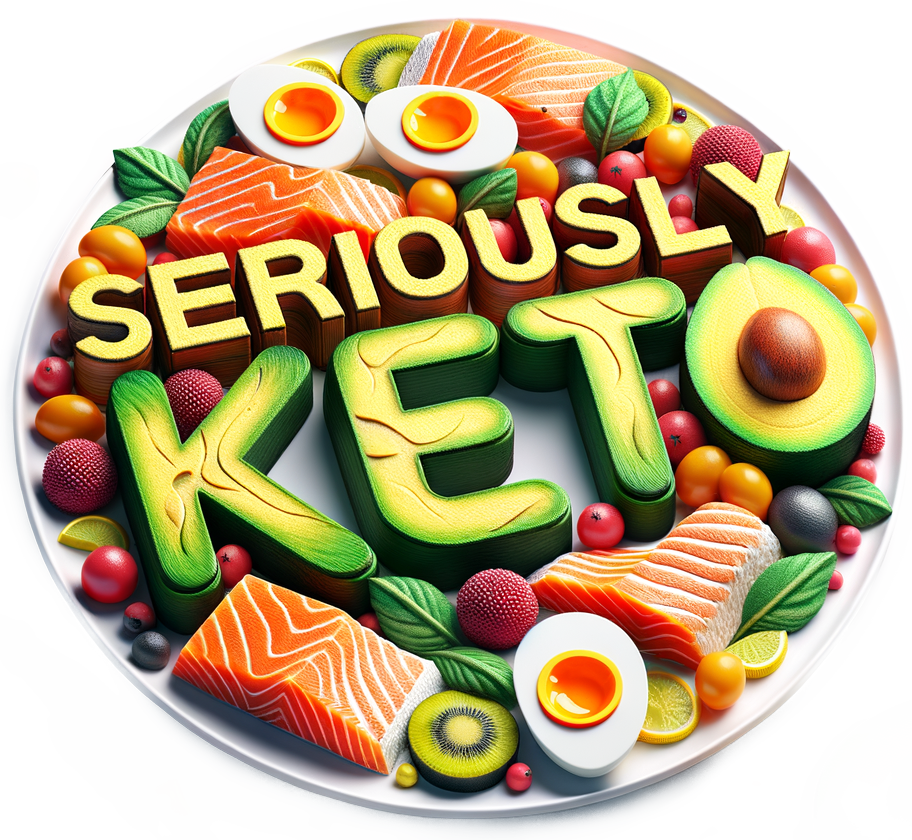Have you ever heard of the keto rash? If you’re venturing into the world of ketogenic dieting or have already embraced the low-carb, high-fat lifestyle, you may have come across this mysterious skin condition. It’s known for its itchy, red, and often symmetrical rash that can appear on various parts of the body. But what exactly is the keto rash? In this article, we’ll shed some light on this pesky irritation and explore the possible causes and ways to manage it, so you can continue on your keto journey without any unwanted bumps along the way.

Defining the Keto Rash
Understanding Keto Rash
Keto rash, also known as prurigo pigmentosa or pruritic papular eruption, is a rare skin condition that can occur in individuals following a ketogenic diet. It is characterized by itchy red or brown papules that usually appear on the torso, neck, back, and sometimes on the extremities. While the exact cause of the keto rash is not fully understood, it is believed to be related to the metabolic changes that occur during ketosis.
Connection between Keto Diet and Rash
The relationship between the keto diet and the development of the rash is not yet fully clear. However, it is believed that the rash may be triggered by the production of ketones in the body. Ketones are byproducts of fat metabolism that are elevated during ketosis, a state where the body primarily uses fat for energy instead of carbohydrates. Some researchers suggest that the sudden increase in ketones may cause an inflammatory response in the skin, leading to the development of the rash.
Symptoms of the Keto Rash
Identifying the Appearance
The keto rash typically manifests as small, itchy red or brown papules that may develop into larger, scaly patches over time. The papules often have a distinct net-like or reticulated pattern. They can be pink, reddish-brown, or even purple in color. The rash is usually symmetrical, meaning it appears on both sides of the body, and tends to spare the face, hands, and feet.
Understanding the Usual Affected Areas
The most common areas affected by the keto rash include the torso, neck, and back. However, it can also appear on the arms, legs, and other parts of the body. In some cases, the rash may spread and cover a larger area. It is important to note that the distribution and severity of the rash can vary from person to person.
Recognizing Other Associated Symptoms
In addition to the characteristic papules, individuals with the keto rash may also experience itching, burning, or a prickling sensation. Scratching the affected areas can worsen the rash and potentially lead to secondary infections. It is important to seek medical attention if you experience any of these symptoms, as they may require specific treatment.
Causes of the Keto Rash
Role of Ketosis in Rash Development
Ketosis is a metabolic state in which the body relies on fat for fuel instead of carbohydrates. It occurs when carbohydrate intake is significantly reduced, forcing the body to break down stored fat for energy. While ketosis is the goal of the ketogenic diet, it may also contribute to the development of the keto rash. The exact mechanisms behind this relationship are still being studied, but it is believed that the production of ketones may trigger an immune response that leads to skin inflammation.
Influence of Carb Restriction on Skin
The keto rash is often associated with a strict carbohydrate restriction, which is a key component of the ketogenic diet. This reduction in carbohydrate intake can have various effects on the body, including changes in hormone levels and alterations in skin health. Some researchers speculate that the lack of certain nutrients and antioxidants found in carbohydrates may contribute to the development of the rash. However, more research is needed to fully understand the role of carb restriction in the keto rash.
Comparison to Other Rashes
Differentiating from Allergic Rash
It is important to differentiate the keto rash from other types of rashes, such as allergic rashes. While both may cause itching and redness, an allergic rash is typically characterized by hives or raised welts that can appear on any part of the body. Allergic rashes are usually triggered by an immune response to an allergen, such as certain foods, medications, or environmental factors. In contrast, the keto rash has a distinct appearance and tends to follow a specific pattern on the body.
How it Varies from Heat Rash
Heat rash, also known as prickly heat, is another common skin condition that can cause red, itchy bumps on the skin. However, heat rash is typically caused by trapped sweat in the pores, especially in hot and humid conditions. The rash usually appears on areas of the body that are covered or prone to friction, such as the neck, armpits, or groin. Unlike the keto rash, heat rash is not associated with ketosis or dietary changes.

Prevalence and Risk factors
Risk Level following Keto Diet
The prevalence of the keto rash is relatively low, with only a small percentage of individuals on the ketogenic diet developing the condition. However, it is important to note that the risk of developing the rash may vary depending on several factors, including individual susceptibility and how strictly the diet is followed. Some individuals may never experience the keto rash, while others may be more prone to developing it.
Factors Potentially Increasing Risk
Certain factors may increase the risk of developing the keto rash. These include rapid weight loss, prolonged periods of ketosis, and a higher body mass index (BMI). Additionally, some individuals may be genetically predisposed to developing skin conditions like the keto rash. It is crucial to be aware of these risk factors and monitor your skin while on the ketogenic diet.
Preventing the Keto Rash
Balancing your Diet
To reduce the risk of developing the keto rash, it is important to ensure that you are following a well-balanced and varied diet. Incorporating a range of nutrient-rich foods, including fruits, vegetables, lean proteins, and healthy fats, can help provide the body with the necessary vitamins and minerals to support skin health. If you notice any changes in your skin while on the ketogenic diet, consider consulting a healthcare professional or registered dietitian to evaluate your dietary intake.
Maintaining a Healthy Lifestyle
In addition to a balanced diet, maintaining a healthy lifestyle can also play a role in preventing the keto rash. This includes staying hydrated, practicing good hygiene, and avoiding excessive sweating or friction on the skin. Taking breaks from prolonged ketosis and occasionally increasing carbohydrate intake may also help prevent the rash.
Slow Transition into Ketosis
A slow and gradual transition into ketosis may help minimize the risk of developing the keto rash. Instead of abruptly cutting out carbohydrates, consider gradually reducing your intake over several days or weeks. This can help the body adjust more smoothly to the changes and potentially reduce the occurrence of the rash. Consulting with a healthcare professional or registered dietitian can provide personalized guidance and support during this transition.

Diagnosis of the Keto Rash
Role of Dermatologists
If you suspect that you have the keto rash, it is recommended to seek a proper diagnosis from a dermatologist. Dermatologists specialize in diagnosing and treating skin conditions and can help differentiate the keto rash from other similar skin conditions. They can also provide guidance on appropriate treatment options and management strategies.
Skin Biopsy and Other Tests
In some cases, a dermatologist may perform a skin biopsy to confirm the diagnosis of the keto rash. A skin biopsy involves taking a small sample of skin tissue for microscopic examination. This can help rule out other potential causes of the rash and provide a more accurate diagnosis. Other tests, such as blood tests or allergy tests, may also be conducted to rule out underlying conditions or allergies that may be contributing to the rash.
Treatment Options for the Keto Rash
Medication Options
Depending on the severity and symptoms of the rash, different medication options may be recommended. These can include topical corticosteroids or antihistamines to help alleviate itching and reduce inflammation. In more severe cases, oral antibiotics or systemic corticosteroids may be prescribed. It is important to follow the advice of a healthcare professional and use medications as directed.
Natural Remedies
Some individuals may prefer to explore natural remedies or alternative approaches to treat the keto rash. While there is limited scientific evidence to support their effectiveness, some people have reported relief from symptoms with the use of natural remedies such as aloe vera gel, oatmeal baths, or coconut oil. It is important to note that natural remedies may not work for everyone, and it is advisable to consult with a healthcare professional before trying any new treatments.
Dietary Modifications
In some cases, modifying the ketogenic diet may help alleviate or manage the keto rash. This can involve increasing carbohydrate intake slightly, introducing new food sources, or adjusting the macronutrient ratios of the diet. Working with a registered dietitian who specializes in the ketogenic diet can be beneficial in finding the right dietary modifications to support both your nutritional needs and skin health.
Possible Complications of the Keto Rash
Impact on Patients’ Quality of Life
The keto rash can have a significant impact on an individual’s quality of life. The persistent itching, discomfort, and self-consciousness associated with the rash can affect daily activities, sleep, and overall well-being. The psychological effects of dealing with a visible skin condition should not be underestimated, and seeking emotional support or counseling may be beneficial for individuals experiencing these challenges.
Potential Long-term Skin Damage
In some cases, the keto rash can lead to long-term skin damage if left untreated or if there is excessive scratching. Scratching the rash can break the skin barrier, increasing the risk of infection and scarring. It is important to seek medical attention if you notice any signs of infection, such as increasing pain, redness, swelling, or discharge. Timely treatment and proper care can help minimize the risk of long-term skin damage.
Living with the Keto Rash
Psychological Effects of the Rash
Living with the keto rash can be challenging, particularly due to the psychological effects it can have on individuals. The visible nature of the rash may lead to self-consciousness, social anxiety, or feelings of embarrassment. It is crucial to remember that the rash does not define you, and seeking support from loved ones, support groups, or mental health professionals can help improve emotional well-being during this time.
Tips for Managing the Keto Rash
While there is no guaranteed way to prevent or completely eliminate the keto rash, there are some strategies that may help manage the symptoms and minimize discomfort. These include keeping the affected areas clean and dry, avoiding excessive sweating or friction, using hypoallergenic and fragrance-free soaps and moisturizers, wearing loose and breathable clothing, and avoiding scratching the rash. Additionally, following the guidance of healthcare professionals and seeking their advice on treatment options can greatly assist in managing the keto rash effectively.
In conclusion, the keto rash is an uncommon skin condition that can occur in individuals following a ketogenic diet. While not fully understood, it is believed to be related to the metabolic changes that occur during ketosis. The rash is characterized by itchy red or brown papules that typically appear on the torso, neck, and back. It is important to differentiate the keto rash from other types of rashes and seek proper diagnosis and treatment from a dermatologist. By balancing the diet, maintaining a healthy lifestyle, and transitioning into ketosis gradually, individuals may be able to prevent or minimize the occurrence of the keto rash. Treatment options include medication, natural remedies, and dietary modifications, depending on the severity and symptoms of the rash. Complications of the rash can include impacts on the patient’s quality of life and potential long-term skin damage. It is essential to address the psychological effects of the rash and seek support when needed. By following tips for managing the keto rash and working closely with healthcare professionals, individuals can navigate and improve their experience with this uncommon but bothersome skin condition.

